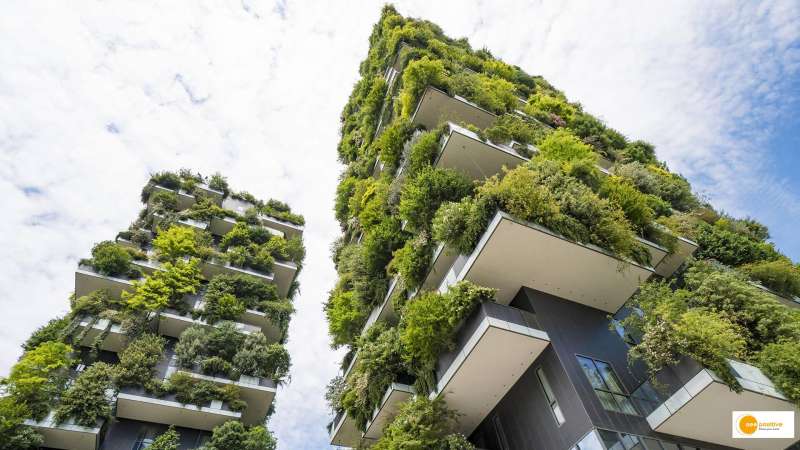

Hemp, a versatile plant with a rich history of applications, has emerged as a key player in promoting sustainability. From health foods to clothing and biofuels, hemp has found its way into numerous industries. One of its most exciting uses is in the creation of hempcrete, a bio-aggregate concrete that offers a durable and eco-friendly alternative to traditional building materials. Here are the benefits of hempcrete and its potential to revolutionize the construction industry while fostering a holistic approach to sustainability.
Green building solution
Hempcrete is a breakthrough bio-aggregate concrete made from hemp shives, the small pieces of wood from the hemp plant’s stalk. These shives are mixed with lime or mud cement to form a lightweight, non-structural building material. The high silica content of hemp naturally bonds with lime, creating a strong, durable substance. What makes hempcrete truly exceptional is its carbon-negative properties, as it absorbs carbon dioxide during the curing process, contributing to a greener environment. Moreover, hempcrete requires significantly less water for curing, further reducing its environmental impact.
Environmental benefits of hemp cultivation
The cultivation of hemp itself offers several environmental advantages. Hemp requires less water, pesticides, and fertilizer compared to other crops. It grows quickly and easily in various regions, providing two harvests per year. As it grows, hemp sequesters CO2, prevents erosion, and detoxifies the soil. After harvest, it breaks down into the soil, enriching it with valuable nutrients. These qualities make hemp an appealing rotation crop for farmers, further supporting sustainable agricultural practices.
A building material for the future
Once transformed into hempcrete, the material continues to impress with its unique features. Hempcrete offers fire resistance, providing safe evacuation time in the event of a fire. Its lightweight structure and air pockets make it earthquake-resistant while serving as an efficient thermal insulator. Furthermore, hemp’s natural resistance to mold and pests enhances the indoor environment, creating healthier living spaces. Its history of preserving ancient artwork in the Ellora Caves demonstrates its long-lasting and protective qualities.
Conclusion
Hempcrete stands as a beacon of hope for the future of sustainable construction. By utilizing a waste product from hemp fiber processing, this eco-friendly material demonstrates the potential to revolutionize the building industry. From carbon-negative properties to earthquake resistance and mold prevention, hempcrete checks all the boxes for a greener, healthier, and more sustainable world. As pioneers like Dr. Prem Jain work towards making hempcrete widely accepted and utilized, the future holds promising economic, social, and environmental benefits. Embracing hempcrete is not just a change in construction materials but a step towards a transformative global impact.


